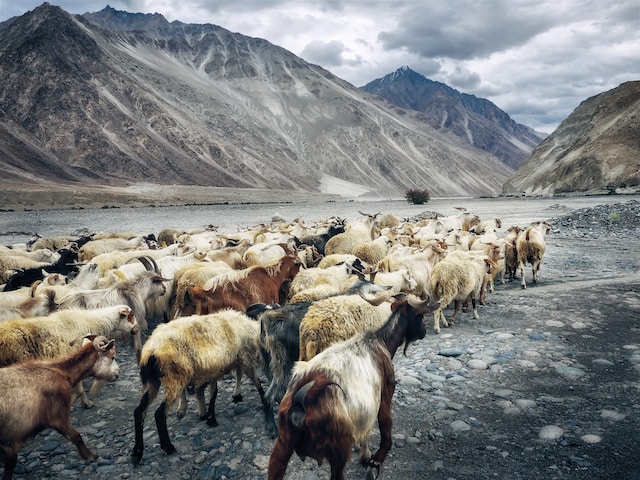Strength in the animal kingdom comes in various forms, from the mighty mammals to the tiniest insects. These creatures have evolved incredible physical power and capabilities for a multitude of reasons, whether it be for defence, hunting, or survival. In this blog post, we will explore some of Earth’s strongest animals, showcasing their remarkable feats of strength and adaptations that allow them to excel in their respective environments.
The Elephant: Land’s Unrivaled Giant
Incomparable Strength
African elephants, in particular, are known for their unmatched strength, capable of carrying and lifting heavy objects with ease. Their trunk alone can lift items weighing hundreds of pounds.
Digging and Foraging
Elephants use their immense strength to dig for water in dry riverbeds and uproot trees to access nutrient-rich leaves, demonstrating their adaptability and resourcefulness.
Herding Power
These social animals live in tightly knit family groups that rely on collective strength for defence against predators and protection of their young.

The Rhinoceros: A Force of Nature
Rhino Bulk
Rhinoceroses are colossal creatures, with the white rhinoceros being the largest. They can weigh up to 2,300 kilograms (5,000 pounds) and exhibit extraordinary power.
Formidable Charge
Rhinos are known for their powerful charges, reaching speeds of up to 30 miles per hour. Their horned weapon is used for self-defence and to establish dominance.
Resilience
Despite their incredible size, rhinos are agile and can navigate through dense vegetation, showcasing their adaptability in various habitats.
The Gorilla: Primate Pinnacle
Muscular Brute
Among primates, the gorilla stands as the undisputed heavyweight champion. Adult male gorillas can weigh up to 400 pounds and possess incredible upper-body strength.
Knuckle-Walking
Gorillas are adept knuckle-walkers, utilizing their strength to support their enormous bodies as they move through the dense forests of Africa.
Complex Social Structure
Gorillas live in tight-knit family groups led by a dominant male, and their social hierarchy often involves displays of strength and power.
The Dung Beetle: Tiny Titan
Relative Strength
Dung beetles might be small, but they are incredibly strong relative to their size. They can roll balls of dung that are up to 50 times their body weight.
Ecological Importance
Dung beetles play a vital role in ecosystems by recycling dung, which contributes to nutrient cycling and soil health.
Navigation Skills
Some dung beetles exhibit remarkable navigational abilities, using the Milky Way and other celestial cues to guide their dung balls away from competitors.
The Anaconda: Aquatic Dominator
Constrictor’s Power
The green anaconda is the world’s heaviest snake, with reports of individuals exceeding 30 feet in length. They possess incredible strength, enabling them to constrict and overpower large prey.
Aquatic Adaptation
Anacondas are excellent swimmers, using their immense strength to ambush prey in the water. They are known to prey on capybaras, caimans, and even jaguars.
Diverse Diet
Anacondas are opportunistic predators, capable of consuming a wide range of animals, thanks to their powerful jaws and muscular bodies.
Conclusion
From the terrestrial giants like elephants and rhinoceroses to the smaller but equally formidable creatures like gorillas, dung beetles, and anacondas, Earth’s strongest animals come in all shapes and sizes. Their impressive strength and adaptability are a testament to the diversity of life on our planet, each species playing a unique role in the intricate tapestry of ecosystems. Whether they roam the savannas, forests, or rivers, these creatures inspire awe and admiration for their remarkable feats of strength.
